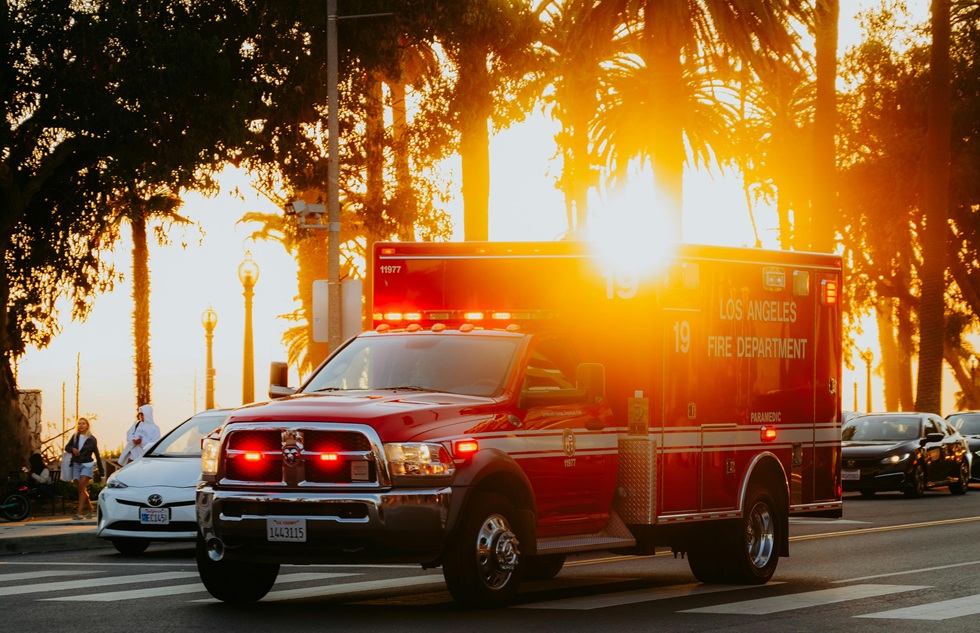Car accidents can cause many types of injuries, but burn injuries are among the most serious and painful. These injuries happen when vehicles catch fire, hot metal touches skin, or chemicals spill during a crash. Burns from car accidents often need long-term medical care and can leave permanent scars.
If you suffered burn injuries in a Florida car accident caused by another driver’s negligence, you can file a claim for compensation. The key is proving that someone else’s careless driving directly caused your accident and injuries. This might include drivers who run red lights, speed, or drive while distracted.
We know that dealing with burn injuries while trying to understand your legal options feels overwhelming. That’s why we want to help you learn about the claim process, what compensation you might receive, and how to document your injuries properly. Understanding these steps can make a big difference in getting the money you need for medical bills and recovery.
If you suffered burn injuries in a car accident, you don’t have to figure out your next steps alone. Contact the Boca Raton burn injury lawyers at Landau Law today for a free consultation and let us help you understand your rights and what compensation may be available to you.
Understanding Burn Injuries From Florida Car Accidents
Car accidents can cause different types of burns with varying levels of severity. Quick medical attention and proper documentation are crucial for your health and any future legal claims.
Types of Burns Commonly Caused by Car Accidents
Thermal burns are the most common type we see in car accidents. These happen when your skin touches hot surfaces like metal, glass, or engine parts after a crash.
Vehicle fires create intense heat that can cause severe thermal burns. Steam from a damaged radiator can also burn your skin quickly.
Chemical burns occur when dangerous fluids leak during an accident. Battery acid, gasoline, and antifreeze can all cause serious chemical burns.
These burns can happen even in minor accidents. Airbags can also cause chemical burns when they deploy.
Electrical burns are less common but still serious. They happen when damaged wiring or the car’s electrical system makes contact with your body.
These burns often look small on the surface but can cause deep tissue damage.
Severity Levels of Burn Injuries
Burns are grouped into different degrees based on how deep they go:
First-degree burns only affect the top layer of skin. Your skin will be red and painful but usually heals in a few days without scars.
Second-degree burns go deeper and cause blisters. These burns are very painful and may leave scars. They can take weeks to heal properly.
Third-degree burns destroy all layers of skin and may damage muscles and bones underneath. The burned area may look white or black. These burns require surgery and often cause permanent scars.
Fourth-degree burns are the most severe. They damage everything down to the bone and can be life-threatening.
Immediate Steps After a Burn Injury
Call 911 right away if you have burns from a car accident. Even small burns can become infected or cause other problems.
Do not put ice on burns. This can make the injury worse.
Cool the burn with clean, room-temperature water if possible. Remove any jewelry or tight clothing near the burned area before swelling starts.
Cover the burn with a clean, dry cloth. Avoid using cotton or other materials that might stick to the wound.
Take photos of your injuries and the accident scene if you can do so safely. This documentation will be important for your claim.
Get medical attention even if the burns seem minor. Doctors can properly assess the damage and start treatment right away.
Can You File a Claim for Burns From a Car Accident in Florida?
Yes, you can file a claim for burn injuries from a car accident in Florida. The type of claim depends on your injury severity and who caused the accident.
Who May Qualify to File a Claim
Anyone who suffers burn injuries in a Florida car accident may qualify to file a claim. This includes drivers, passengers, pedestrians, and cyclists who get hurt.
Primary qualifications include:
- You suffered burn injuries in a car accident
- The accident happened in Florida
- You filed within the legal time limits
Florida’s no-fault insurance system means your own insurance covers basic medical costs first. However, severe burns often qualify for additional compensation beyond no-fault benefits.
Burn victims with permanent scarring or disfigurement can pursue claims against the at-fault driver. We see many clients qualify for extra compensation when burns cause lasting physical or emotional damage.
Even if you share some fault for the accident, you may still file a claim. Florida uses a comparative fault system that reduces your compensation based on your percentage of blame.
Role of Negligence in Burn Injury Claims
Negligence plays a key role in burn injury claims. You must prove the other driver acted carelessly to get compensation beyond your no-fault insurance.
Common negligent actions that cause burn injuries:
- Speeding or reckless driving
- Running red lights or stop signs
- Distracted driving
- Driving under the influence
- Following too closely
We help clients gather evidence to prove negligence. This includes police reports, witness statements, photos, and expert testimony about how the accident happened.
The other driver’s insurance company will investigate your claim. They look at who caused the accident and how severe your burns are.
Burns from car fires, explosions, or hot metal often result from serious crashes. These accidents typically involve clear negligence that makes claims stronger.
Types of Claims You Can File
You can file different types of claims for car accident burns in Florida. The best option depends on your specific situation.
No-fault insurance claims cover immediate medical bills up to $10,000. Your own insurance pays these benefits regardless of who caused the accident.
Third-party claims against the at-fault driver can provide much more money. These claims cover medical costs, lost wages, pain and suffering, and future care needs.
Personal injury lawsuits offer the highest compensation potential. We file lawsuits when insurance settlements don’t cover all your damages from severe burns.
You have two years from the accident date to file a lawsuit in Florida. This deadline is strict, so don’t wait too long to take action.
Burn injury claims often involve both no-fault benefits and third-party claims. We help coordinate these different claim types to maximize your total compensation.
Documenting Your Florida Burn Injury for a Claim
Good documentation makes your burn injury claim stronger and helps you get fair compensation. You need complete medical records and clear photos that show the full extent of your injuries.
Medical Records Needed for Your Claim
We recommend collecting all medical documents from your burn treatment. Start with emergency room records from right after your car accident. These papers show when your injury happened and how bad it was.
Your doctor’s notes are very important. They explain your diagnosis and treatment plan. Get copies of all visit summaries and progress notes.
Key medical records to gather:
- Emergency room reports
- Doctor visit notes
- Hospital discharge papers
- Prescription records
- Physical therapy notes
- Surgery reports
Lab results and test reports also matter. These might include blood work or infection tests. Treatment records show what procedures you needed.
Keep bills from all medical care. This includes hospital stays, doctor visits, and medications. These prove how much your injury cost.
Ask for copies of your complete medical file. Most doctors’ offices will provide these for a small fee.
Photographing and Describing Burn Injuries
Take photos of your burns as soon as possible after the accident. Clear pictures show how severe your injuries are. We suggest taking photos every few days as your burns heal.
Use good lighting when taking pictures. Natural light works best. Take close-up shots and wider views that show the burn’s location on your body.
Photo tips for burn documentation:
- Take pictures from different angles
- Include something for size reference
- Use a ruler or coin next to the burn
- Don’t use flash if it causes glare
Write down how your burns feel each day. Describe your pain level from 1 to 10. Note any problems like trouble sleeping or moving.
Keep track of how burns affect your daily life. Write down activities you can’t do anymore. This helps show how the injury changed your routine.
Save all photos in a safe place. We recommend keeping copies on your phone and computer. Print some photos too in case your devices break.
What Compensation Can You Receive for Burn Injuries?
Burn victims can recover several types of compensation to help rebuild their lives after an accident. The amount varies based on injury severity, with first-degree burns typically under $10,000, while severe burns can reach millions of dollars.
Medical Expenses and Future Care
Medical costs often make up the largest part of burn injury compensation. These expenses start immediately and can continue for years.
Immediate medical costs include:
- Emergency room visits
- Hospital stays
- Surgery and skin grafts
- Medications and pain relief
Long-term care expenses are often much higher. Severe burns require ongoing treatment that can last decades.
We see clients need multiple surgeries over several years. Skin grafts may need replacement. Physical therapy helps restore movement and strength.
Future medical needs must be calculated carefully. Medical experts review your case to estimate lifetime costs. This includes:
- Regular doctor visits
- Additional surgeries
- Specialized treatments
- Medical equipment
Burn injuries often cause infections or other complications. These unexpected costs should be included in your claim. We work with medical professionals to document all current and future medical needs.
Lost Wages and Loss of Earning Capacity
Burn injuries often prevent people from working for weeks, months, or permanently. Compensation covers both immediate lost income and future earning problems.
Lost wages include the money you cannot earn while recovering. This covers time in the hospital and during treatment. We calculate this using your regular pay rate and missed work days.
Loss of earning capacity is more complex. Severe burns may prevent you from returning to your old job. Some people cannot work at all.
We consider several factors:
- Your age and work experience
- Type of work you did
- Physical limitations from burns
- Ability to learn new skills
A construction worker with severe hand burns may never return to manual labor. An office worker with facial burns might face discrimination. Each situation affects earning capacity differently.
Benefits and retirement losses also matter. Missing work means losing health insurance, retirement contributions, and other benefits. These losses add up over time and should be included in your compensation.
Compensation for Pain and Suffering
Pain and suffering compensation addresses the physical and emotional trauma burn victims experience. This non-economic damage is often substantial in burn cases.
Physical pain from burns is severe and long-lasting. Burn injuries rank among the most painful injuries. Treatment itself causes additional pain through surgeries and wound care.
Emotional distress affects most burn victims. Disfigurement and scarring can lead to depression and anxiety. Many people struggle with self-confidence and social situations.
Impact on daily life determines much of this compensation. We document how burns affect your ability to:
- Enjoy hobbies and activities
- Maintain relationships
- Sleep and rest comfortably
- Perform basic daily tasks
Scarring and disfigurement deserve separate consideration. Visible burns on the face, hands, or arms affect how others treat you. This impacts work, relationships, and self-esteem for life.
The amount varies greatly based on burn severity and location. Facial burns typically receive higher compensation than burns on covered body parts. We work to document the full impact on your quality of life.
How the Claim Process Works After a Car Accident Burn
The claim process for burn injuries involves three main steps: filing with insurance companies, gathering evidence to prove your case, and negotiating a fair settlement amount.
Filing an Insurance Claim
We start the process by filing claims with all relevant insurance companies. This includes the at-fault driver’s liability insurance and your own insurance policies.
Key insurance types to contact:
- Liability insurance – covers damages when another driver is at fault
- Personal injury protection (PIP) – pays medical bills regardless of fault
- Uninsured motorist coverage – protects when the other driver has no insurance
We file these claims as soon as possible after your accident. Most states require notification within 24-72 hours. Waiting too long can hurt your case.
The insurance company assigns a claims adjuster to your case. This person investigates the accident and decides how much to pay. We handle all communication with adjusters to protect your rights.
Investigation and Evidence Gathering
The insurance company investigates your burn injury claim to determine fault and damages. We help gather strong evidence to support your case.
Critical evidence we collect includes:
- Medical records showing your burn injuries
- Photos of your burns and the accident scene
- Police reports documenting the crash
- Witness statements from people who saw what happened
We also work with medical experts who can explain how severe your burns are. They document things like degree of burns, treatment needed, and long-term effects.
The insurance company may hire their own investigators. They might question witnesses or examine the vehicles involved. We make sure this process is fair and accurate.
Settlement Negotiations
After the investigation ends, we begin negotiating your settlement amount. The insurance company usually makes a low first offer.
We calculate your total damages before accepting any offer. Burn injury damages include:
- Medical bills – emergency care, surgery, physical therapy
- Lost wages – time off work during recovery
- Pain and suffering – physical pain and emotional distress
- Future costs – ongoing treatment or disability needs
We present evidence of your damages and negotiate for fair compensation. This process can take weeks or months depending on case complexity.
If the insurance company refuses to pay fairly, we can file a lawsuit. Most burn injury cases settle without going to trial, but having this option gives us more negotiating power.
How Fault Is Determined in Burn Injury Claims
Courts look at evidence from the accident scene and witness statements to decide who caused the burn injury. Your own actions during the accident can also affect how much compensation you receive.
Comparative and Contributory Fault
Most states use comparative fault rules when determining liability in burn injury cases. This means you can still recover compensation even if you were partially at fault for the accident.
Comparative Fault Types:
- Pure Comparative Fault: You can recover damages even if you were 99% at fault
- Modified Comparative Fault: You cannot recover if you were 50% or 51% at fault (varies by state)
For example, if you were texting while driving and got rear-ended, causing burns from a car fire, you might be 30% at fault. In a pure comparative fault state, you would receive 70% of your total damages.
Some states still use contributory negligence rules. Under these strict rules, any fault on your part can bar you from receiving any compensation at all.
Influence of Police Reports and Witnesses
Police reports carry significant weight in determining fault for burn injury claims. Officers document the accident scene, interview drivers, and often make preliminary fault determinations.
Key Evidence Sources:
- Traffic citations issued at the scene
- Witness statements from bystanders or passengers
- Expert testimony from medical professionals
- Safety specialists who can explain how negligence caused the burns
We know that witness accounts from first responders can confirm exactly how your injury happened. Coworkers or other drivers who saw the accident can provide crucial testimony about the other party’s actions.
Expert witnesses like accident reconstruction specialists can show how the defendant’s negligence directly led to the fire or explosion that caused your burns.
Common Challenges When Filing a Burn Injury Claim
Filing a burn injury claim from a car accident can be difficult. You may face problems proving how bad your burns are and dealing with insurance companies that don’t want to pay.
Proving the Extent of Your Injuries
Burn injuries are hard to prove because they change over time. Your burns might look minor at first but get worse later.
Insurance companies often challenge burn claims because:
- Burns can heal and leave less visible scars
- Medical records might not show the full pain you felt
- Some burns cause internal damage that’s hard to see
We see many clients struggle with this issue. You need to document everything right away. Take photos of your burns every day for the first few weeks.
Important evidence includes:
- Medical records from the emergency room
- Photos of your burns at different stages
- Doctor notes about your pain levels
- Records of all treatments you received
Expert medical witnesses can help your case. They can explain to a judge or jury how serious your burns really were. This is especially important if your burns have healed by the time your case goes to court.
Disputes With Insurance Companies
Insurance companies try to pay as little as possible for burn claims. They often say your burns weren’t that bad or that something else caused them.
Common tactics we see include:
- Claiming your burns were pre-existing
- Saying the accident didn’t cause your injuries
- Arguing that you didn’t need all your medical treatment
- Offering very low settlement amounts
Insurance adjusters might pressure you to settle quickly. They know that burn victims need money for medical bills. Don’t accept the first offer you get.
Red flags to watch for:
- Rushed settlement offers
- Requests to give recorded statements
- Claims that you don’t need a lawyer
- Delays in processing your claim
We help our clients deal with these tactics. Insurance companies take cases more seriously when a law firm is involved. They know we understand their tricks and won’t let them take advantage of burn victims.
Time Limits for Filing Burn Injury Claims
The law sets strict deadlines for filing burn injury claims after car accidents, and missing these deadlines can cost you your right to compensation forever. Most states give you between one to three years from the accident date, though some special situations can change these rules.
Understanding the Statute of Limitations
In Florida, if you’ve suffered burn injuries in a car accident and you believe someone else is responsible, you generally have two years from the date of the accident to file a personal-injury lawsuit.
Here are a few key points to keep in mind:
- This two-year deadline applies for most negligence-based injury claims occurring on or after March 24, 2023, when the law was changed.
- If the accident happened before March 24, 2023, the older rule of four years might apply.
- If your burn injury case involves unusual circumstances (for instance, a government-entity vehicle was involved, you were a minor, or the injury wasn’t obvious right away), the timeline can vary or “toll” (pause) under certain conditions.
Because every case has unique facts, it’s wise to speak with a lawyer as soon as possible so you don’t risk missing the deadline and losing your right to seek compensation.
Exceptions That Might Extend Deadlines
Some special situations can pause or extend your filing deadline. These exceptions are rare but important to understand.
Discovery rule exceptions apply when you don’t immediately know about your injury or its cause. This rarely applies to car accident burns since these injuries are usually obvious right away.
Minor victim exceptions give extra time when the injured person is under 18. Most states pause the deadline until the child turns 18, then start the normal time limit.
Mental incapacity exceptions can extend deadlines if severe injuries prevent you from understanding your legal rights. Traumatic brain injuries from car accidents sometimes qualify for this extension.
Defendant absence exceptions pause the clock if the person who caused your burns leaves the state to avoid being sued. We need to prove they left specifically to avoid legal responsibility.
These exceptions have strict rules and requirements. We always recommend acting quickly rather than hoping an exception might apply to your case.
Why Legal Guidance Is Important for Burn Claims
Getting legal help for burn claims from car accidents can make a big difference in your case outcome. We know that having expert guidance helps you understand complex insurance laws and navigate the claims process more effectively.
Benefits of Consulting With a Professional
We see many burn victims struggle with insurance companies on their own. Professional legal help levels the playing field against large insurance companies that have teams of lawyers.
A burn injury lawyer knows how to properly value your case. They understand medical costs, future treatment needs, and lost wages. This knowledge helps maximize your compensation.
Insurance companies often try to settle quickly for low amounts. We’ve seen this happen many times. A lawyer can spot these tactics and negotiate better terms for you.
Legal experts also know state-specific laws and deadlines. Missing important deadlines can hurt your case. Most states give you 2-3 years to file a lawsuit after the accident.
Documentation is crucial for burn cases. Lawyers know what evidence to collect and how to present it effectively.
What to Expect From the Claims Process
The claims process for burn injuries can take several months or longer. We want you to know what steps are involved so you’re prepared.
First, your lawyer will gather all medical records and accident reports. They’ll also collect photos of your injuries and the accident scene.
Insurance companies will investigate your claim. They may ask for recorded statements or medical examinations. Having legal representation during this phase protects your rights.
Your lawyer will calculate total damages, including medical bills, lost income, and pain and suffering. Burn injuries often require multiple surgeries and long recovery times.
Negotiations with insurance companies usually happen next. Most cases settle during this phase without going to trial.
If settlement talks fail, your case may go to court. Your lawyer will handle all court filings and represent you throughout the process.
Burned in a Florida Car Accident? Contact Us Today! – Boca Raton Burn Injury Lawyers
If you suffered burn injuries in a car accident, the road to recovery can be painful, overwhelming, and expensive. These types of burns often require specialized medical care, surgeries, and ongoing treatment—costs that can quickly become unmanageable. You shouldn’t be left paying the price for someone else’s negligence.
Reach out to Landau Law today for a free consultation. We’ll review your case, explain your rights, and fight to help you secure the compensation you need for medical care, lost wages, and the long-term impact of your injuries. You don’t have to face this alone. Let us help you move forward.
Florida Car Accident Lawyer
Car Accident Blog Posts
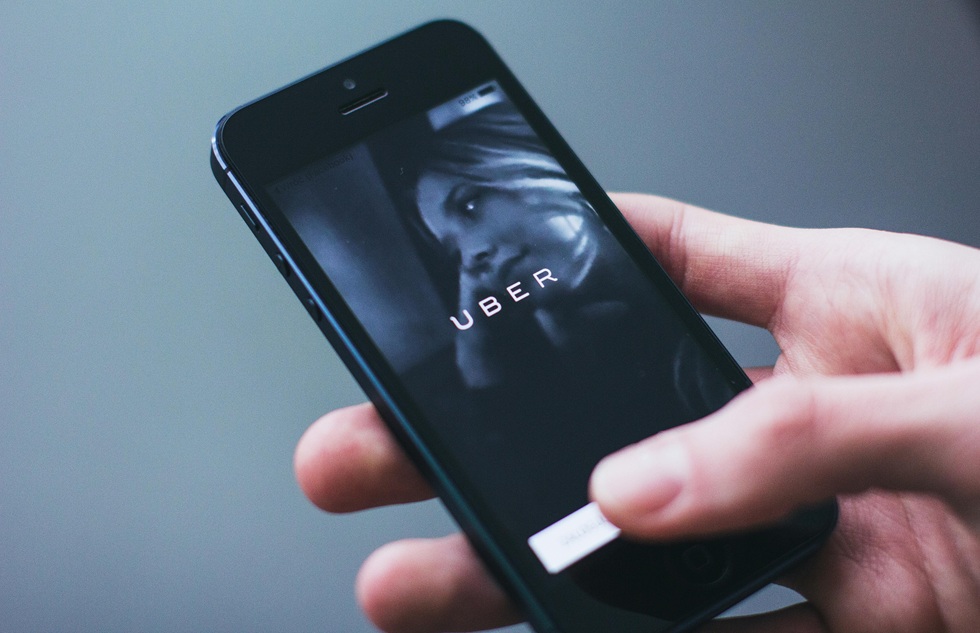
How Much Can You Sue Uber For An Accident?
Getting into a car accident while using Uber can be a confusing and stressful experience. Many victims wonder if they can sue Uber directly and how much compensation they might receive. Understanding your options is important if you've been injured as a passenger,...
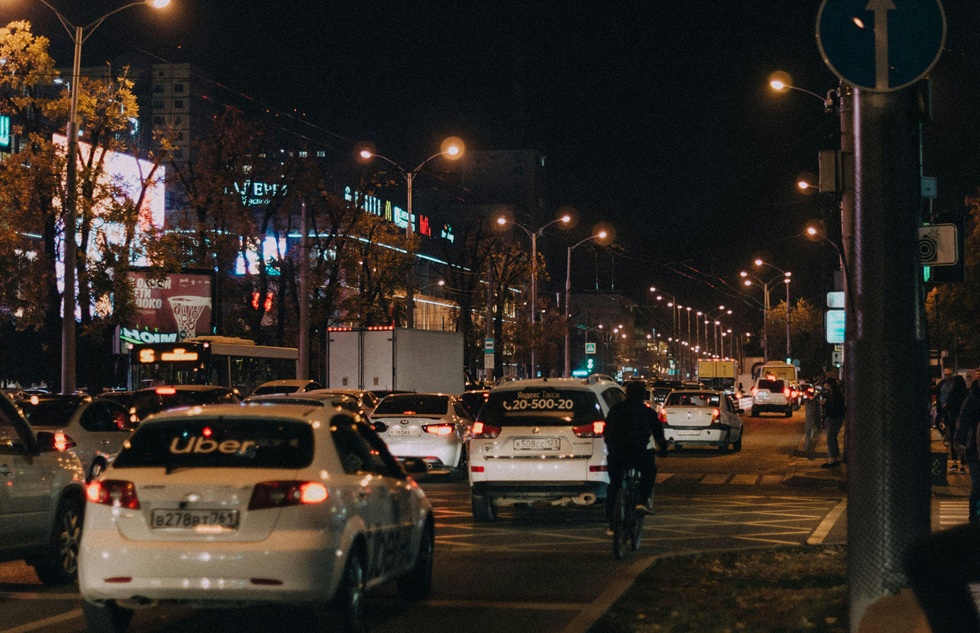
Florida Rideshare Accident Lawyer: Help After Uber & Lyft Crashes
When rideshare accidents happen in Florida, victims often face complex insurance situations and uncertainty about their rights. Rideshare companies like Uber and Lyft have specific insurance policies that may apply to accidents, but these companies and their insurers...

Distracted Driving Accidents: Definition, Causes & Statistics 2025
Getting medical care after a car accident in Florida is time-sensitive. Many accident victims don't realize that delaying treatment can affect both their health and their ability to receive compensation for injuries. Florida law requires accident victims to seek...

When Is It Too Late To Go To The Doctor After a Florida Car Accident
Getting medical care after a car accident in Florida is time-sensitive. Many accident victims don't realize that delaying treatment can affect both their health and their ability to receive compensation for injuries. Florida law requires accident victims to seek...

Why Is My Florida Car Accident Settlement Taking So Long?
If you're waiting for your Florida car accident settlement and wondering why it's taking so long, you're not alone. Many accident victims experience frustration with the settlement process, which typically takes between 1-9 months to complete. Insurance companies...
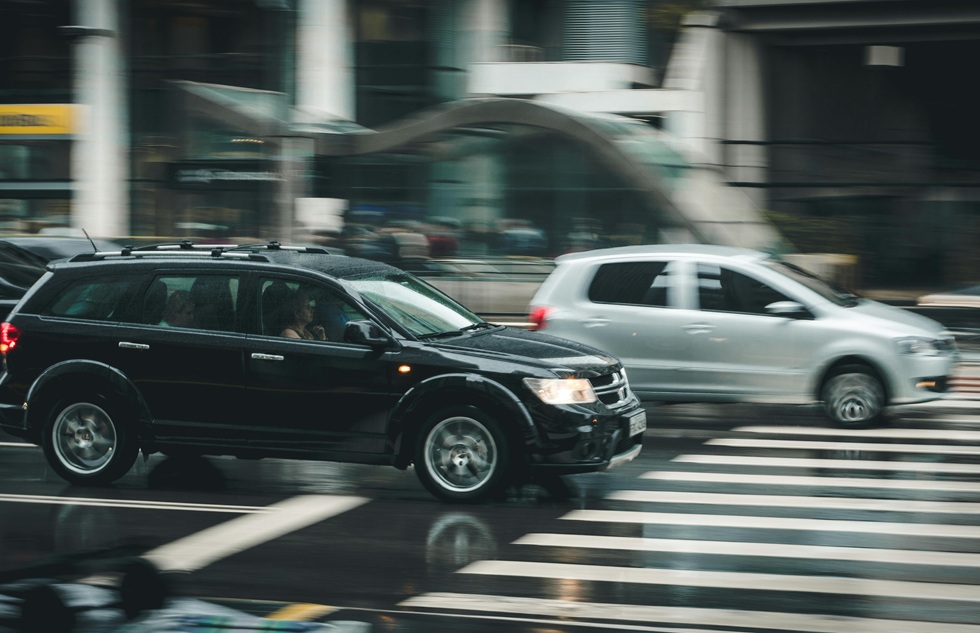
Is It Worth Getting an Attorney for a Car Accident in Florida?
Car accidents can be stressful and confusing experiences, leaving many people wondering if they should hire an attorney. While minor fender benders may not require legal help, accidents involving injuries, significant property damage, or insurance disputes often...

How Long Do I Have to Sue After a Car Accident?
If you've been involved in a car accident, it's crucial to understand the time limits for taking legal action. These time limits, known as statutes of limitations, vary by state and can significantly impact your ability to seek compensation for damages. Consulting...
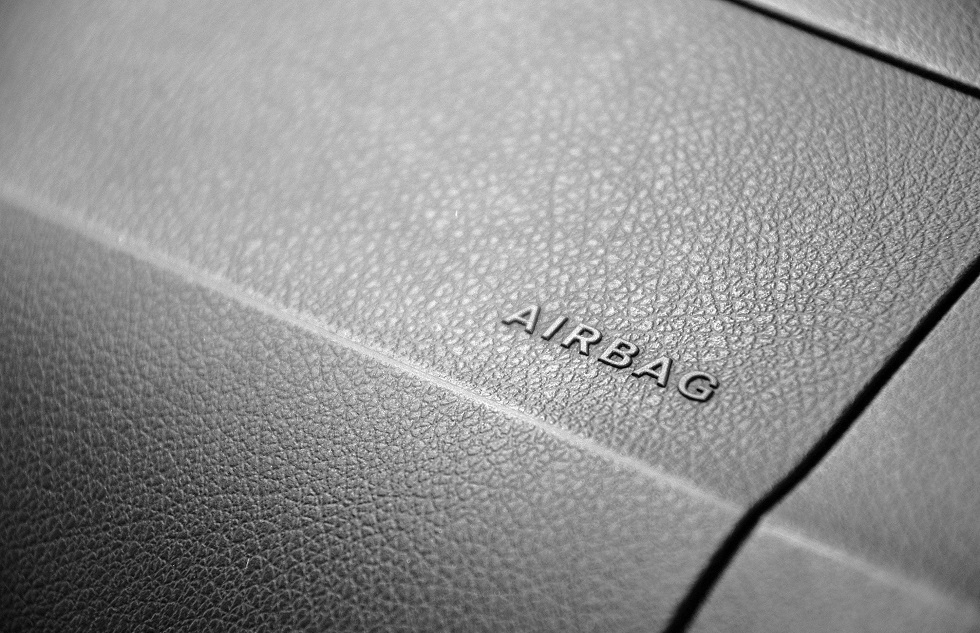
Is It Legal to Drive a Car After Airbags Deploy in Florida?
Airbags are crucial safety devices in modern vehicles, designed to protect occupants during collisions. When they deploy, it can be a jarring experience that leaves drivers wondering about their next steps. While it's technically possible to drive a car after airbag...




